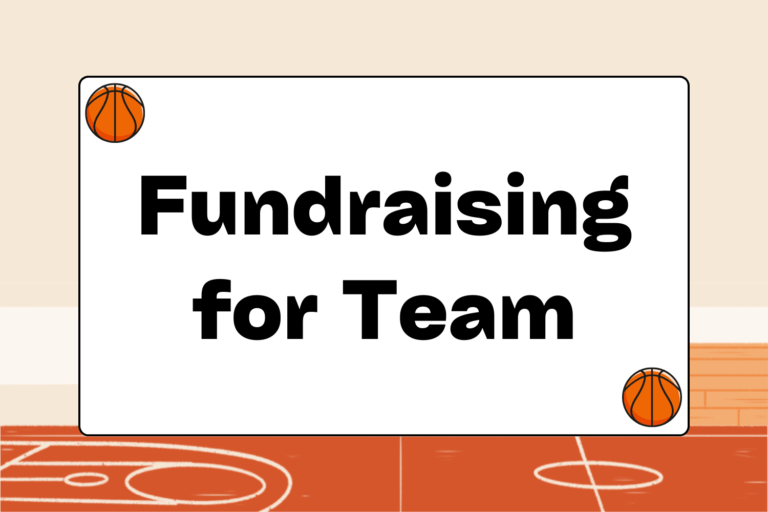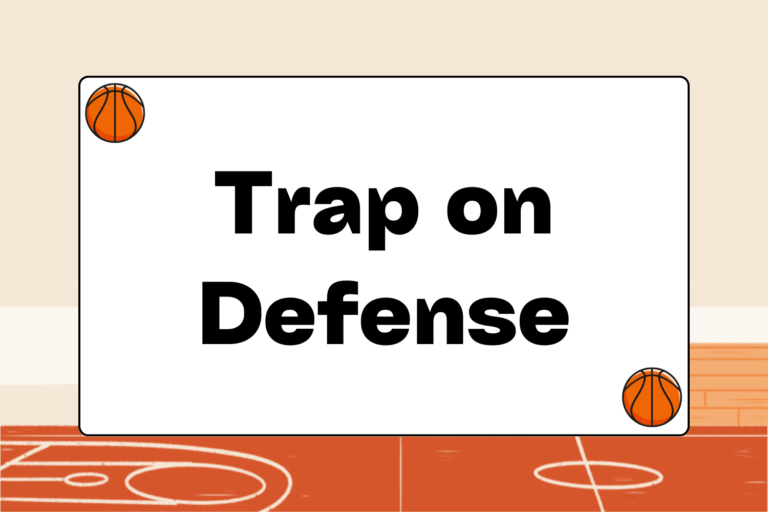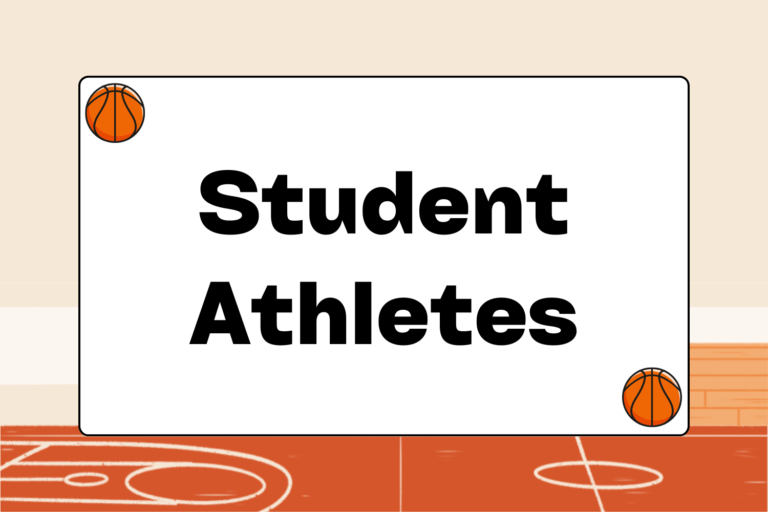A solid entry pass is delivered by a wing player or point guard on the wing to a post player who has created a seal and is posting up his defender. It’s one of the most important and least emphasized fundamentals of basketball.
A great entry pass sets up the post player to quickly attack the basket or pass to an open man. The pass anticipates the move of the post player, while eluding one or two defenders working to deflect the pass. On the other hand, a poor entry pass can cost your team a possession and neutralize the effort of a hard-working big man to get open. It can also quickly find you a seat on the bench.
In the typical motion offense run by most youth basketball teams, the flow of the offense begins with the entry pass to the low post. Aggressive defense and breakdowns in fundamentals can turn this basic move into a quick turnover and easy basket in the other direction.
Passing Position
Passing position refers to the position that you and your teammate in the post should have when the pass is executed. You should be in triple threat position, with your knees bent, your shoulders square to your teammate, and both hands protecting the ball. From this position, you can either pass, dribble, or shoot.
Your post teammate should use his body to seal off the defender and create a passing lane:
- If his defender’s playing directly behind him, there should be an open passing lane.
- If the post defender’s playing to either side, your post teammate should seal off that side and raise his other hand to receive the pass.
As the entry passer, it’s important that you deliver the ball right on time. If you pass too soon, the post player won’t be set up; if you wait too long, he’ll have to work harder and longer than necessary to maintain the seal. It’s also important to create a single plane between you, the post player, and the basket, so that the post player’s defender can’t easily deflect the pass.
Don’t Telegraph the Pass
In your rush to get the ball down low, it’s easy to stare down your teammate on the low block and telegraph your pass. This lets your defender and the low-block defender set up to deflect the pass:
A good entry pass is all about a good fake. A good fake in the opposite direction from which you are about to deliver the pass makes the entry pass much easier.
Putting spin on the ball can help get the pass around the defender and into the post player’s hands.
Hot Tip: A Good Fake
- Once the post player has established position, get your man to extend his hands into the air with a pump fake or overhead pass fake.
- Then, quickly lower your center of gravity and step forward, crossing your front foot away from the defender.
- With this open passing lane, make a quick bounce pass.
Keep Working
When your defender denies you the passing lane, it’s important that both you and the post player keep working to connect on an entry pass. The post player must maintain the position that frees up his ability to receive the pass. He must also keep his open-side hand raised to signal his readiness for the ball.
The passer must be willing to try a few different moves if the passing lane is being denied, such as:
- Dribble away and re-set: Try dribbling from the wing toward the top of the key, and quickly returning to the wing to try the entry pass again.
- Curl pass: Extend laterally after a fake to get the defender’s hands in the air, and curl the pass around the defender. A scooping hand motion and plenty of spin will get the ball inside.
- Step-through pass: Step through by crossing your right foot over your left foot after the high fake, so that you’re facing away from the defender and reaching laterally as far as you can before delivering a quick bounce pass.
- Reverse-pivot pass: After stepping laterally for a curl pass, quickly pivot all the way around in the other direction to find a clear passing lane. This is a good pass to spin away from a double-team if you’ve picked up the dribble.
Practice
Entry passes should be practiced in two-on-two drills with two post players and two perimeter players. Executing them requires a clean pass and a commitment to get the ball down low. In the triangle and motion offenses, a good entry pass kick starts the entire offense.
Defenders know this and will do anything to disrupt the pass. That’s why it’s important to present the ball as a fake, get the defender moving high or away from the passing lane, and make a quick, crisp pass inside.
Fun Fact
Hall-of-Fame point guard John Stockton is the career assists leader in the National Basketball Association, with 15,806. The majority of those assists were entry passes to his Hall-of-Fame teammate Karl Malone, the league’s second all-time leading scorer.





